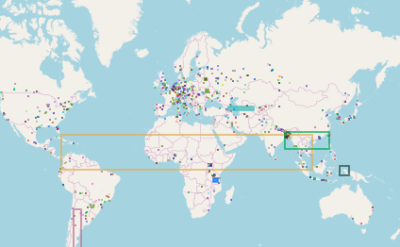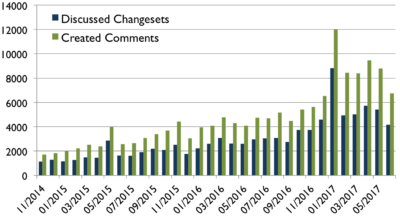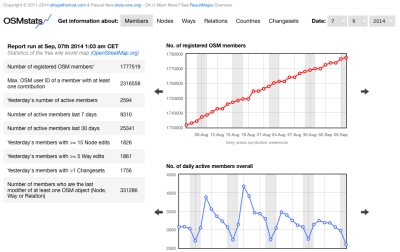Review requests of OpenStreetMap contributors
– How you can assist! –
The latest version of the OpenStreetMap editor iD has a new feature: “Allow user to request feedback when saving“. This idea has been mentioned in a diary post by Joost Schouppe about “Building local mapping communities” (at that time: “#pleasereview”) in 2016. The blog post also contains some other additional and good thoughts, definitely worth reading.

However, based on the newly implemented feature, any contributor can flag her/his changeset and ask for feedback. Now it’s your turn! How can you find and support those OSM’ers?
- Step 1: Based on the “Find Suspicious OpenStreetMap Changesets” page you can search for flagged changesets, e.g. limited to your country only: Germany or UK.
- Step 2: Leave a changeset comment where you e.g. welcome the contributor and (if necessary) give her/him some feedback about the map changes. You could also add some additional information, such as links to wiki pages of tags (map features), good mapping practices, the OSM forum, OSM help or mailing lists. Based on the changeset comment other contributors can see that the original contributor of this changeset already has been provided with some feedback.



